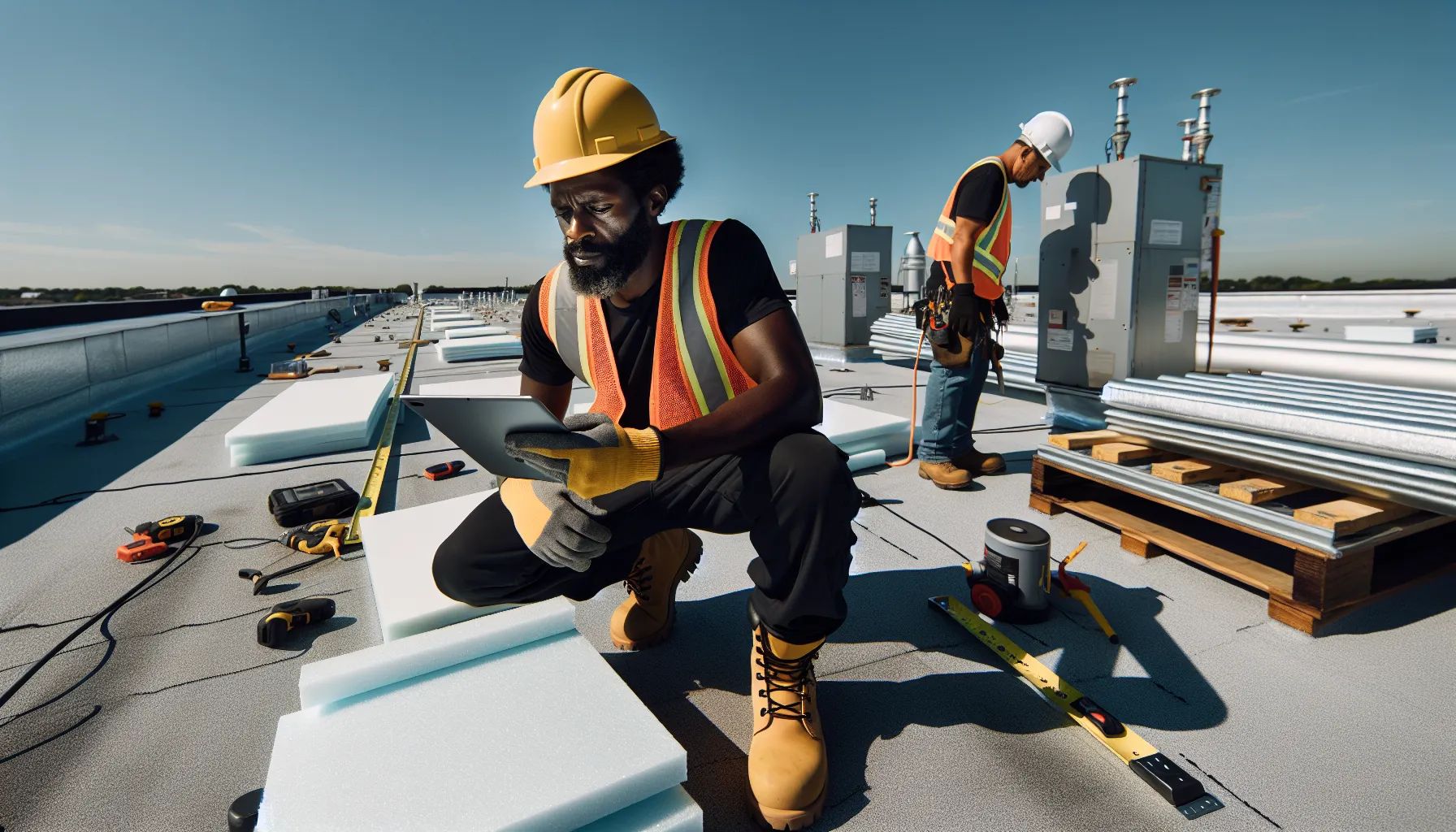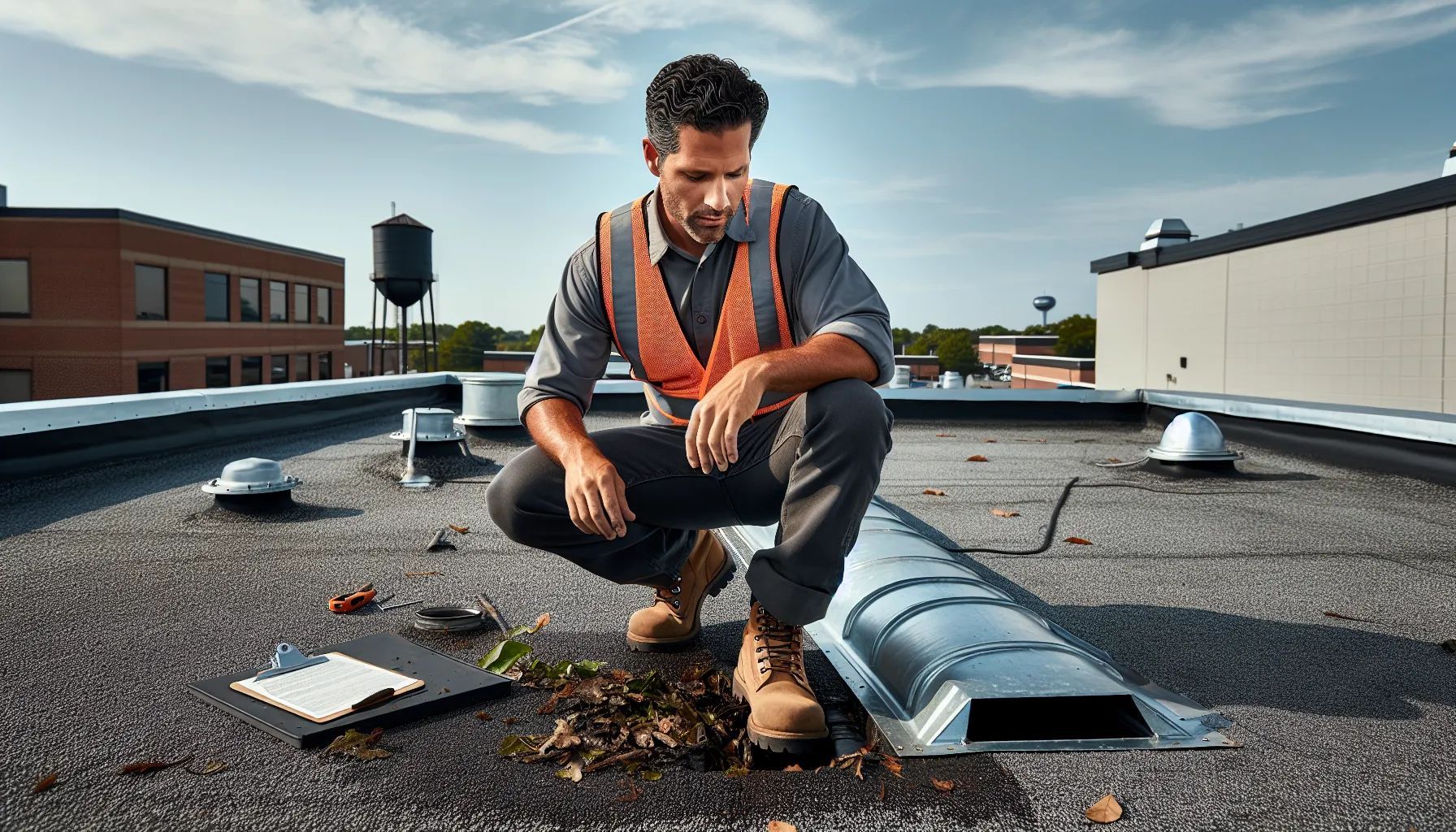Essential Roof Maintenance Guide: Expert Tips to Double Your Roof's Lifespan
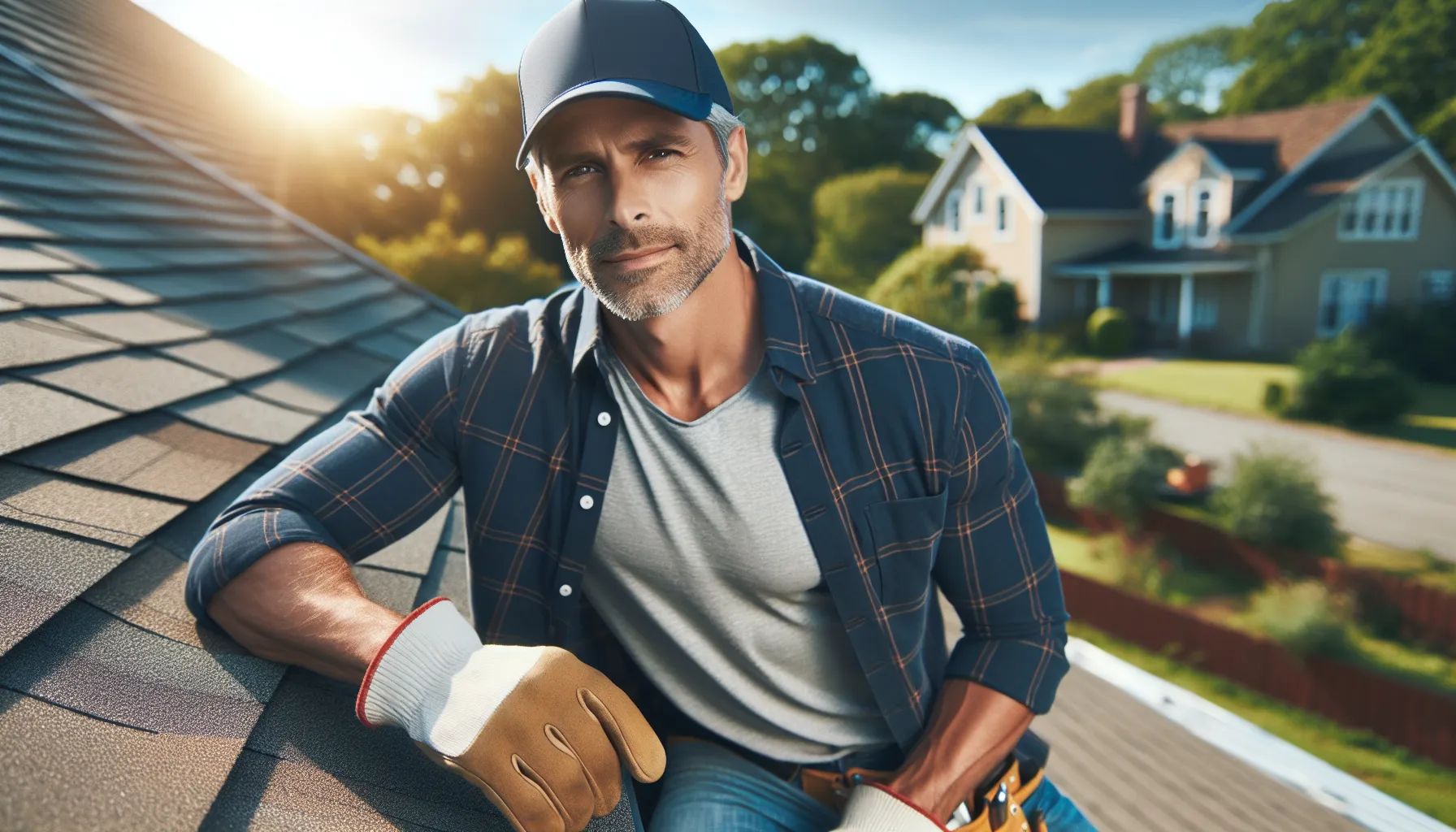
Your roof works tirelessly to protect your home from the elements, but how often do we think about maintaining it? Regular roof maintenance can extend your roof's lifespan and prevent costly damage that affects 1 in 4 homeowners annually.
We've discovered that simple twice-yearly inspections and basic upkeep can make the difference between a roof that lasts 20 years and one that needs replacement after just 10. From clearing debris to spotting early warning signs, the right maintenance approach protects your investment.
In this guide, we'll reveal the essential steps every homeowner should know to keep their roof in peak condition year-round. You'll learn when to tackle tasks yourself and when it's time to call in the professionals.
Essential Roof Maintenance Tasks
Regular roof maintenance tasks protect your investment and prevent costly repairs. We recommend performing these essential maintenance activities twice yearly and after major weather events.
Debris Removal and Cleaning
Debris accumulation on roofs creates moisture problems that accelerate deterioration. We clear leaves, branches, and other materials from roof surfaces using leaf blowers or soft-bristle brooms. Professional roofers use compressed air for heavy debris removal without damaging shingles.
Moss and algae growth requires specialized treatment. These organisms retain moisture against roofing materials, causing rot and premature aging. We apply zinc and copper treatments to eliminate existing growth and prevent regrowth. Homeowners can handle simple debris removal, but moss and lichen removal demands professional equipment and cleaning solutions.
Tree maintenance plays a crucial role in debris prevention. We trim branches 10 feet away from roof surfaces to reduce leaf accumulation and eliminate shade that promotes moss growth. Overhanging limbs also pose damage risks during storms. Regular trimming minimizes debris buildup and extends the intervals between roof cleanings.
Professional roof cleaning costs $300-600 depending on roof size and condition. This investment prevents moisture damage that leads to expensive repairs or premature roof replacement.
Shingle and Material Inspection
Shingle inspection reveals early signs of roof deterioration. We examine each shingle for cracks, curling edges, and missing pieces during our inspections. Granule loss indicates aging shingles approaching replacement time. Dark spots or discoloration signals potential water damage beneath the surface.
Missing shingles require immediate replacement to maintain watertight integrity. We secure loose shingles with roofing cement and nails before they detach completely. Cracked shingles get sealed or replaced depending on damage severity. Each minor repair prevents water infiltration that causes structural damage.
Professional roofers identify subtle damage signs homeowners might miss. We check flashing around chimneys, vents, and skylights for rust or separation. Damaged flashing accounts for most roof leaks. Valley areas where roof sections meet need careful inspection for debris buildup and shingle alignment.
Attic inspections complement exterior examinations. We look for water stains, condensation, and daylight penetration through the roof deck. These interior signs often reveal problems before exterior damage becomes visible.
Gutter and Downspout Care
Clean gutters direct water away from your home's foundation and roof structure. We remove leaves, twigs, and sediment from gutters twice yearly or quarterly near trees. Clogged gutters cause water backup that damages fascia boards and allows moisture under shingles.
Gutter inspection includes checking for sagging sections, loose brackets, and rust spots. We replace missing hardware immediately to prevent gutter separation. Downspouts require flushing to ensure proper water flow away from the foundation. Standing water in gutters indicates improper slope that needs adjustment.
Gutter guards reduce cleaning frequency but don't eliminate maintenance completely. We inspect guards for damage and clear any debris accumulation on top. Some guard designs trap small particles that create clogs over time. Professional gutter cleaning includes guard removal for thorough system cleaning.Ice dam formation in winter signals gutter or ventilation problems. We ensure gutters remain clear before freezing temperatures arrive. Proper attic ventilation prevents ice dam formation by maintaining consistent roof temperatures.
Ice dam formation in winter signals gutter or ventilation problems. We ensure gutters remain clear before freezing temperatures arrive. Proper attic ventilation prevents ice dam formation by maintaining consistent roof temperatures.
Key Components to Monitor
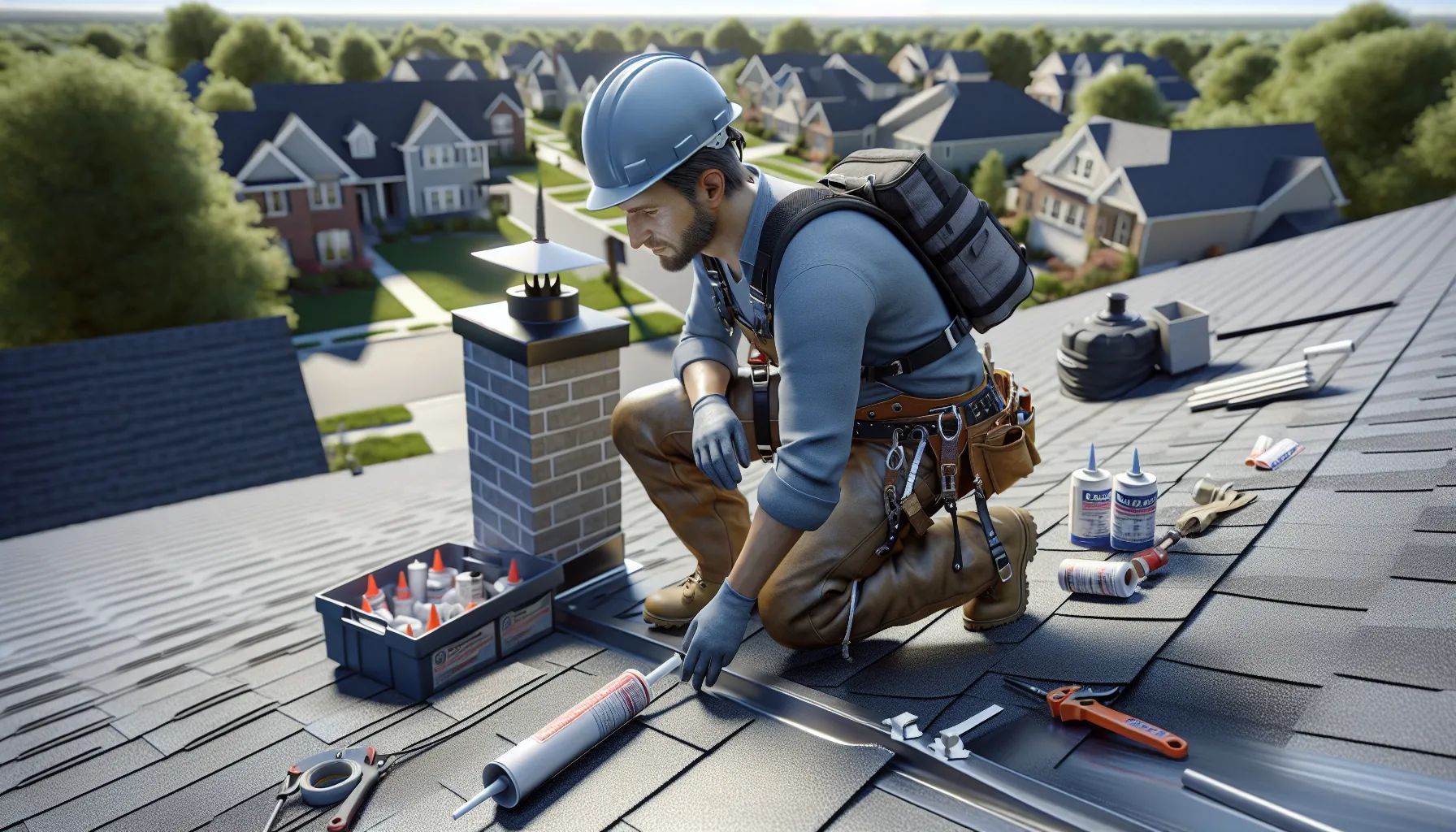
Beyond general cleaning and shingle inspection, certain roof components require specific attention to prevent water intrusion and structural damage. We'll examine three critical areas that homeowners often overlook during routine maintenance.
Flashing and Sealant Maintenance
Flashing creates waterproof barriers around roof penetrations like chimneys, vents, and skylights. We inspect flashing for rust, corrosion, cracks, or separation from the roof surface. Metal flashing typically lasts 20-30 years, but sealant requires reapplication every 5 years.
During inspection, we check these common problem areas:
- Valley flashing where two roof slopes meet
- Step flashing along walls and dormers
- Pipe boot flashing around plumbing vents
- Drip edge flashing at roof perimeters
We clean debris from flashing surfaces before applying roofing cement to seal gaps or cracks. Small holes receive patches cut from matching metal material. Damaged sections require complete replacement—we remove old flashing, install new pieces with proper overlap, and seal edges with roofing cement.
Annual flashing maintenance prevents 85% of roof leaks. We apply fresh caulk at flashing joints each spring, focusing on areas showing weathering or separation.
Chimney and Vent Inspection
Chimneys present unique maintenance challenges due to their integration with both roofing and masonry systems. We examine mortar joints for cracks, crumbling, or missing sections that compromise waterproofing. Mortar typically deteriorates after 15-20 years of weather exposure.
Our chimney inspection covers:
- Crown condition and cracks
- Flue liner integrity
- Cap and spark arrestor damage
- Mortar joint deterioration
- Flashing integration points
We remove loose mortar with a wire brush before applying fresh mortar caulk to seal cracks. Severe deterioration requires professional repointing. Vent pipes receive similar attention—we check rubber boot seals for cracking and replace them every 10-12 years.
Chimney caps prevent water entry and animal intrusion. We ensure caps sit securely and replace damaged units immediately. Proper chimney maintenance reduces water damage risk by 90%.
Attic and Interior Assessment
Attic inspections reveal roof problems before they cause visible interior damage. We perform attic checks after heavy rainfall to identify active leaks. Signs of trouble include water stains on rafters, wet insulation, or daylight visible through roof boards.
Key attic inspection points:
- Rafter condition and sagging
- Insulation moisture levels
- Ventilation effectiveness
- Mold or mildew presence
- Roof decking integrity
We measure attic humidity levels—readings above 60% indicate ventilation problems. Proper attic ventilation prevents condensation that causes wood rot and mold growth. Ridge vents combined with soffit vents create optimal airflow.
Dark stains on roof decking signal past or current leaks. We trace water paths to their source, marking problem areas for exterior repair. Early detection through attic inspection saves homeowners an average of $3,000 in water damage repairs.
Seasonal Maintenance Strategies
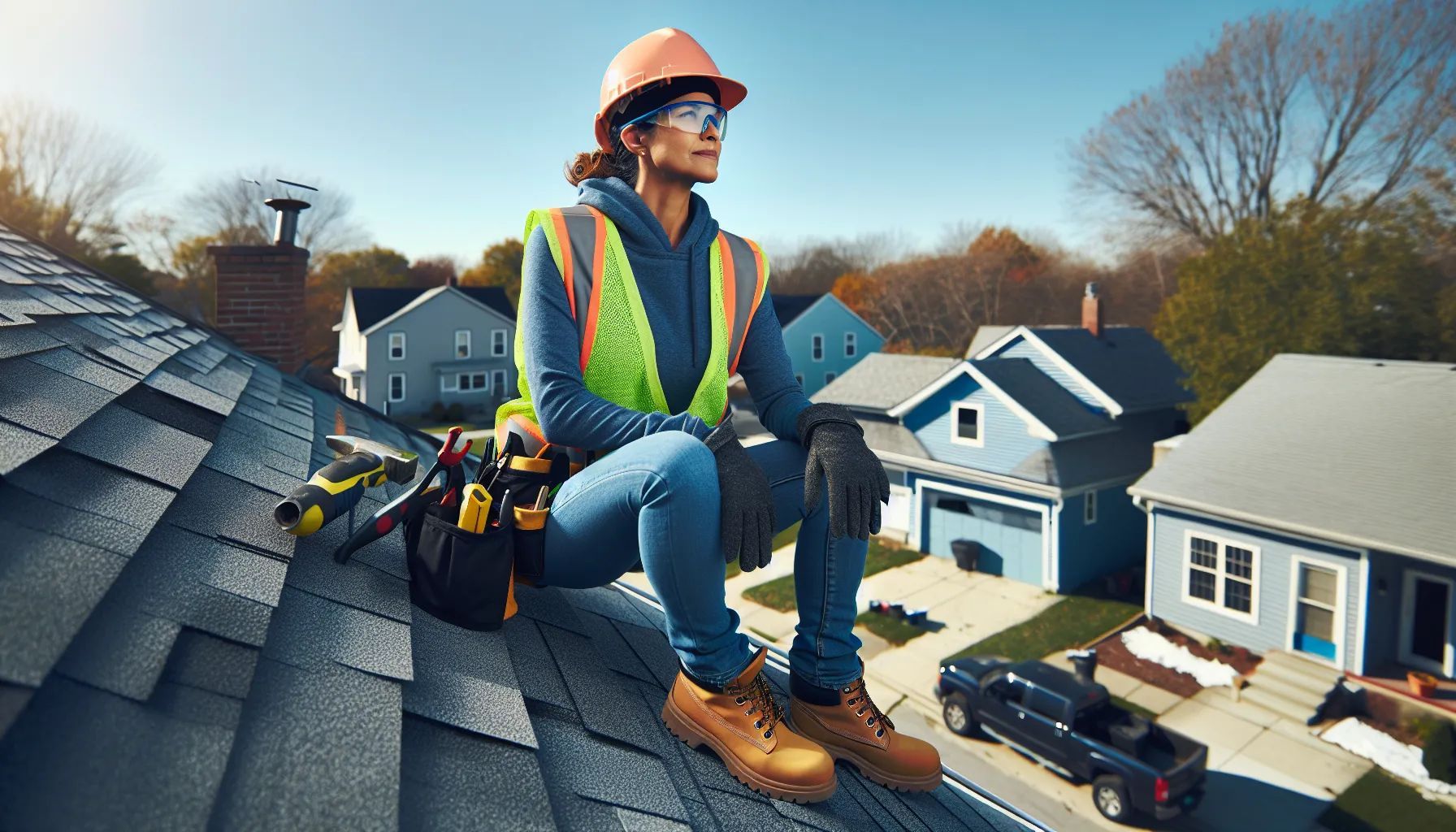
Roof maintenance requirements change with each season, demanding specific approaches to protect your home throughout the year. We've developed targeted strategies for each season to help you maintain optimal roof condition and prevent weather-related damage.
Preparing for Winter Weather
Winter preparation starts in fall when we focus on preventing ice dams and snow accumulation damage. Clean gutters thoroughly to remove leaves and debris that block water flow and create ice buildup. Inspect attic insulation levels to maintain proper thermal barriers—adequate insulation reduces ice dam formation by 85% and cuts heating costs.
Check and repair damaged shingles before cold weather arrives. Cracked or missing shingles worsen under snow loads and freeze-thaw cycles. Examine flashing around chimneys and vents for gaps that allow water infiltration when snow melts.
Trim tree branches extending within 10 feet of your roof. Snow and ice add weight to branches, increasing breakage risk during winter storms. Remove weak or dead branches that pose immediate threats to your roofing system.
Schedule professional inspections if you notice sagging areas or structural concerns. Snow accumulation adds 20 pounds per cubic foot of weight, stressing compromised roof structures. Address these issues before winter to prevent collapse or severe damage.
Managing Plant Growth and Trees
Plant growth affects roof integrity year-round through physical damage and moisture retention. We recommend quarterly vegetation assessments to identify potential threats early. Moss and algae thrive in shaded areas, retaining moisture that accelerates shingle deterioration.
Remove moss growth using specialized cleaning solutions containing zinc or copper compounds. These treatments eliminate existing growth and prevent regrowth for 12-18 months. Apply treatments during dry weather for maximum effectiveness.
Maintain trees through seasonal pruning to promote healthy growth patterns away from roof structures. Spring pruning encourages upward growth while fall trimming removes dead wood before winter storms. Professional arborists can identify disease or pest infestations that weaken trees near your home.
Create vegetation-free zones by maintaining 3-foot clearances around roof edges. This spacing prevents root systems from compromising roof membranes and reduces debris accumulation in gutters. Install root barriers for aggressive species like willows or poplars planted within 20 feet of structures.
Professional Maintenance Services
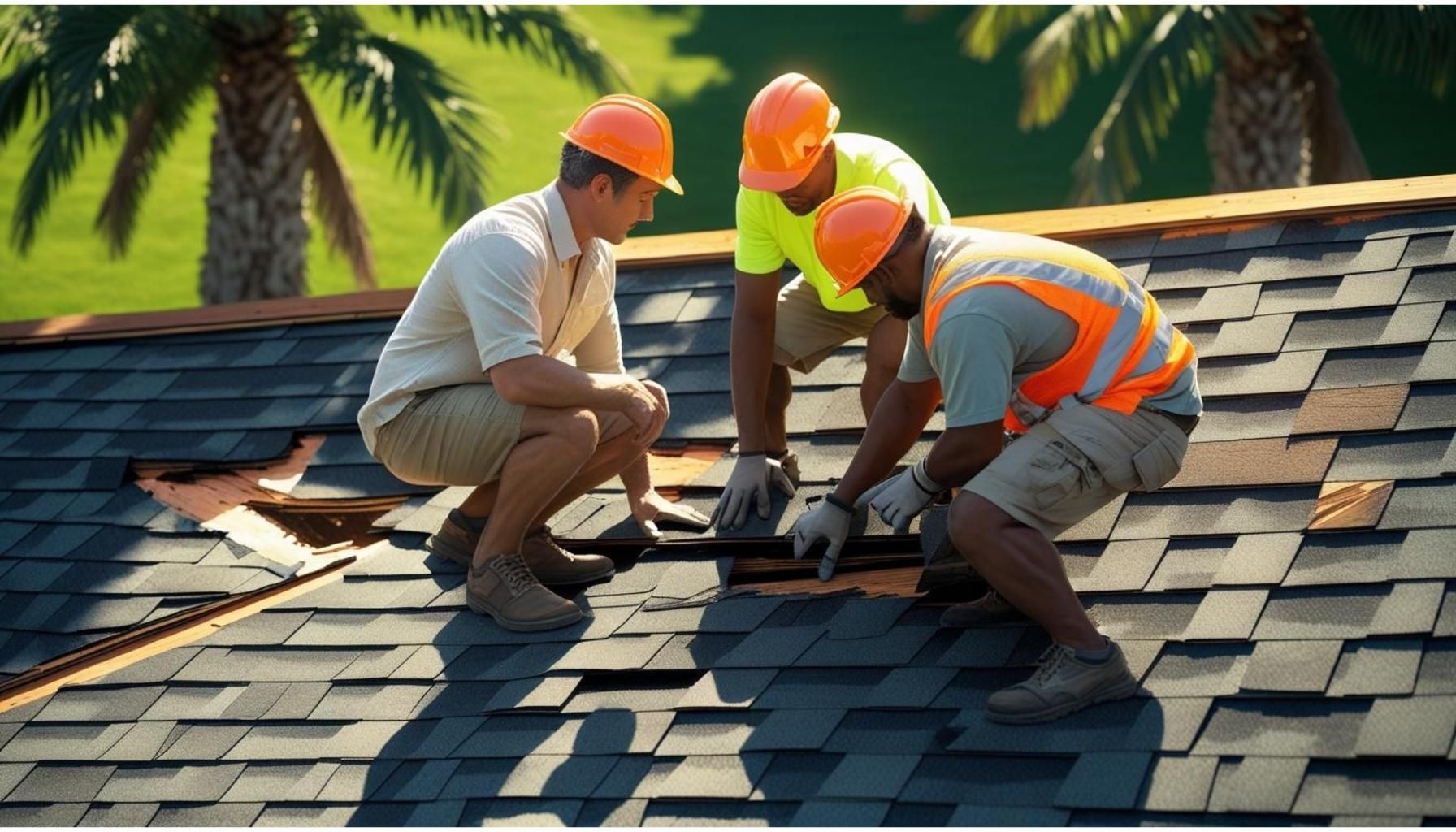
Professional roof maintenance services provide comprehensive care that extends beyond basic homeowner tasks. We recommend working with certified professionals who bring specialized equipment and expertise to identify hidden issues and perform complex repairs safely.
Annual Inspection Benefits
Annual professional roof inspections deliver measurable advantages for property protection and cost savings. Early detection catches minor issues like missing or curled shingles before they escalate into major repairs. Professional inspectors identify problems in hard-to-reach areas that homeowners typically miss during visual checks.
Warranty preservation represents another critical benefit. Most roofing manufacturers require annual professional inspections to maintain warranty coverage. Failing to document these inspections can void warranty protection when you need it most.
Professional inspections extend roof lifespan by addressing damage from weather and normal wear promptly. Certified roofers spot deterioration patterns and recommend preventive treatments that add years to your roof's service life. Regular maintenance saves homeowners between $4 and $13 per square foot compared to premature replacement costs of $7-30 per square foot.
Financial benefits accumulate through avoided emergency repairs. Routine professional care prevents small leaks from becoming water damage disasters. Insurance companies often reduce premiums for properties with documented professional maintenance records.
When to Call a Roofing Contractor
Contact a roofing contractor immediately when you notice visible damage signs. Water stains on ceilings, missing shingles, or daylight through roof boards require professional attention. These symptoms indicate compromised roof integrity that DIY repairs cannot adequately address.
Storm damage demands professional assessment even without obvious problems. High winds, hail, and heavy snow create hidden damage that appears months later. Professional contractors use specialized techniques to detect impact damage, lifted shingles, and compromised flashing that escape untrained observation.
Persistent issues signal the need for expert intervention. Repeated leaks even though patch attempts, recurring ice dams, or chronic gutter overflow indicate underlying structural problems. Professional contractors diagnose root causes rather than treating symptoms.
Age-related concerns warrant professional evaluation. Roofs approaching 15-20 years require expert assessment to determine remaining lifespan. Contractors identify whether targeted repairs can extend service life or if replacement planning should begin. They provide detailed condition reports that help homeowners make informed decisions about repair versus replacement investments.
Preventive Measures for Roof Longevity
Preventive roof maintenance extends service life significantly beyond standard expectations. Regular inspections conducted twice yearly identify early deterioration signs before costly damage occurs.
Addressing Minor Repairs Promptly
Minor roof repairs prevent major structural problems when addressed immediately. Loose shingles, small leaks, and damaged flashing require prompt attention to stop water intrusion. Historical maintenance data reveals timely repairs reduce future leak probability by measurable percentages.
We track repair patterns through maintenance documentation to predict problem areas. Roof age analysis helps identify where repairs typically occur first. Previous workmanship quality affects repair frequency and location patterns. Emergency interventions decrease when we schedule repairs based on predictive data.
Small repairs cost 90% less than major renovations resulting from neglect. Water damage spreads quickly through roofing materials without intervention. Interior damage multiplies repair costs beyond initial roofing issues. Professional assessment determines repair urgency and prevents unnecessary replacements.
Protective Coatings and Treatments
Protective roof coatings enhance weather resistance and extend material lifespan significantly. Elastomeric coatings fill small cracks while reflecting harmful UV radiation. Heat absorption decreases by 30% with reflective coating applications.
We apply sealants to vulnerable areas including seams and penetrations. Waterproof treatments prevent moisture infiltration during heavy rainfall. UV-resistant coatings protect against thermal cycling damage throughout seasons. Regular reapplication maintains protective benefits according to manufacturer specifications.
Treatment frequency depends on climate conditions and coating type selection. Professional application ensures proper coverage and adhesion for maximum effectiveness. Coating inspections verify integrity between scheduled reapplication periods. Investment in protective treatments delays roof replacement by 5-10 years.
Conclusion
Treatment frequency depends on climate conditions and coating type selection. Professional application ensures proper coverage and adhesion for maximum effectiveness. Coating inspections verify integrity between scheduled reapplication periods. Investment in protective treatments delays roof replacement by 5-10 years.
Taking care of your roof doesn't have to be overwhelming when you break it down into manageable tasks throughout the year. We've seen how consistent attention to your roof's condition can save thousands of dollars while keeping your family safe and comfortable.
Remember that you're not alone in this journey. While many maintenance tasks are within your reach as a homeowner, knowing when to bring in professionals is equally important. They're your partners in protecting one of your home's most critical components.
The small investments you make today in roof care will pay dividends for years to come. Whether it's clearing debris after a storm or scheduling that annual inspection, each action contributes to a stronger and more resilient roof over your head.
Start with one simple step this week. Your future self will thank you when you're enjoying a leak-free home while your neighbors deal with expensive emergency repairs. Your roof protects everything you value—it's time to return the favor.
How often should I inspect my roof?
You should inspect your roof twice yearly and after major weather events. Regular inspections help identify early signs of damage like loose shingles, rust on flashing, or debris buildup. This routine allows you to catch minor issues before they become expensive repairs.
Can I do roof maintenance myself?
Yes, homeowners can handle basic tasks like debris removal, gutter cleaning, and visual inspections. However, complex repairs, working at heights, or dealing with structural issues requires professional expertise. Know your limits and call a contractor for anything beyond basic maintenance.
When should I call a professional roofer?
Contact a professional immediately for visible damage like missing shingles, sagging areas, or active leaks. Also call after storms, for persistent problems despite DIY efforts, or when your roof is over 15 years old. Annual professional inspections are recommended for comprehensive assessments.
What are the most important roof maintenance tasks?
Essential tasks include cleaning gutters and downspouts, removing debris from the roof surface, trimming overhanging branches, and checking for damaged shingles. Also inspect flashing around chimneys and vents, and ensure proper attic ventilation to prevent moisture problems.
How can I extend my roof's lifespan?
Regular maintenance can double your roof's lifespan. Address minor repairs promptly, apply protective coatings when appropriate, maintain proper ventilation, and schedule annual professional inspections. These preventive measures can delay replacement by several years and save thousands in premature replacement costs.
